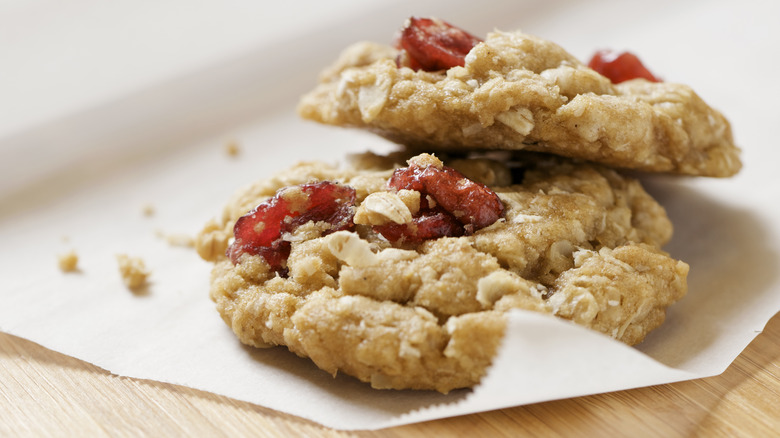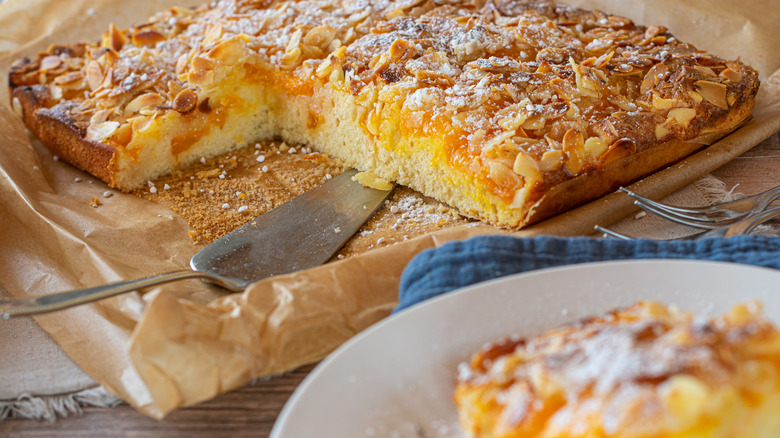Store Cooked Food In Wax Paper To Keep Textures Intact
Being a true foodie means fridges stuffed to the gills at most times — with groceries, leftovers, meal-prepped lunches, and those bags of greens you swear you'll use before they go bad. Odds are, most of your trusty Tupperware containers are all spoken for. Enter an old-school method of storing, wrapping, and preserving food that requires no containers and no plastic — just an inexpensive sheet of wax paper.
You may not think of wax paper as a go-to item for food storage, but it's one of those things most kitchens have a supply of, and it's surprisingly handy for keeping food fresh in the fridge and freezer. Some of the common food-storage headaches include food spoiling quickly, picking up freezer burn, or food losing its texture or becoming dried out in the fridge. Wax paper as a food covering takes up little space, keeps food fresh for longer, and helps it retain moisture and texture when food is stored cold (so it tastes like it was just prepared).
A creation of none other than Thomas Edison, wax paper can be used any time you have an item you'd like to keep moist over time in the freezer or fridge. Since it's ideal for any food where moisture needs preserving, use wax paper to wrap fresh sandwiches, cover a casserole, or coat blocks of cheese. You can even keep your pints of half-eaten ice cream creamy, preventing ice crystals from crusting up the surface.
Wax is a natural moisture barrier and keeps food fresh
The magic of keeping cooked foods moist and well-preserved is all to do with the wax itself. Unlike its kitchen drawer companions like foil or parchment paper, wax is a natural moisture barrier that keeps water out and in. In other words, anytime you want to prevent food from drying out, be it a slice of pie or a hunk of cheese, reach for wax paper. When stashing food in a freezer or for traveling, use a sheet of wax paper and then double up with foil or plastic wrap on top of this to keep it tightly wrapped.
You may know more about what wax paper's not suitable for — namely the big no-no, baking in the oven, or introducing it to high heat in any form. This is because, unlike parchment paper, which feels similar but is paper coated in silicone, the wax on wax paper can easily melt or even catch fire. Avoid any potential fire hazards, and don't mix it up with its close cousin, parchment paper, which is oven-safe and can be used to line a tray of cookies or baked goods. Also, unlike parchment paper, wax paper is neither compostable nor recyclable, but it can be reused several times before it's all used up. Keep a roll handy at all times for keeping food as fresh as the day it was cooked.

